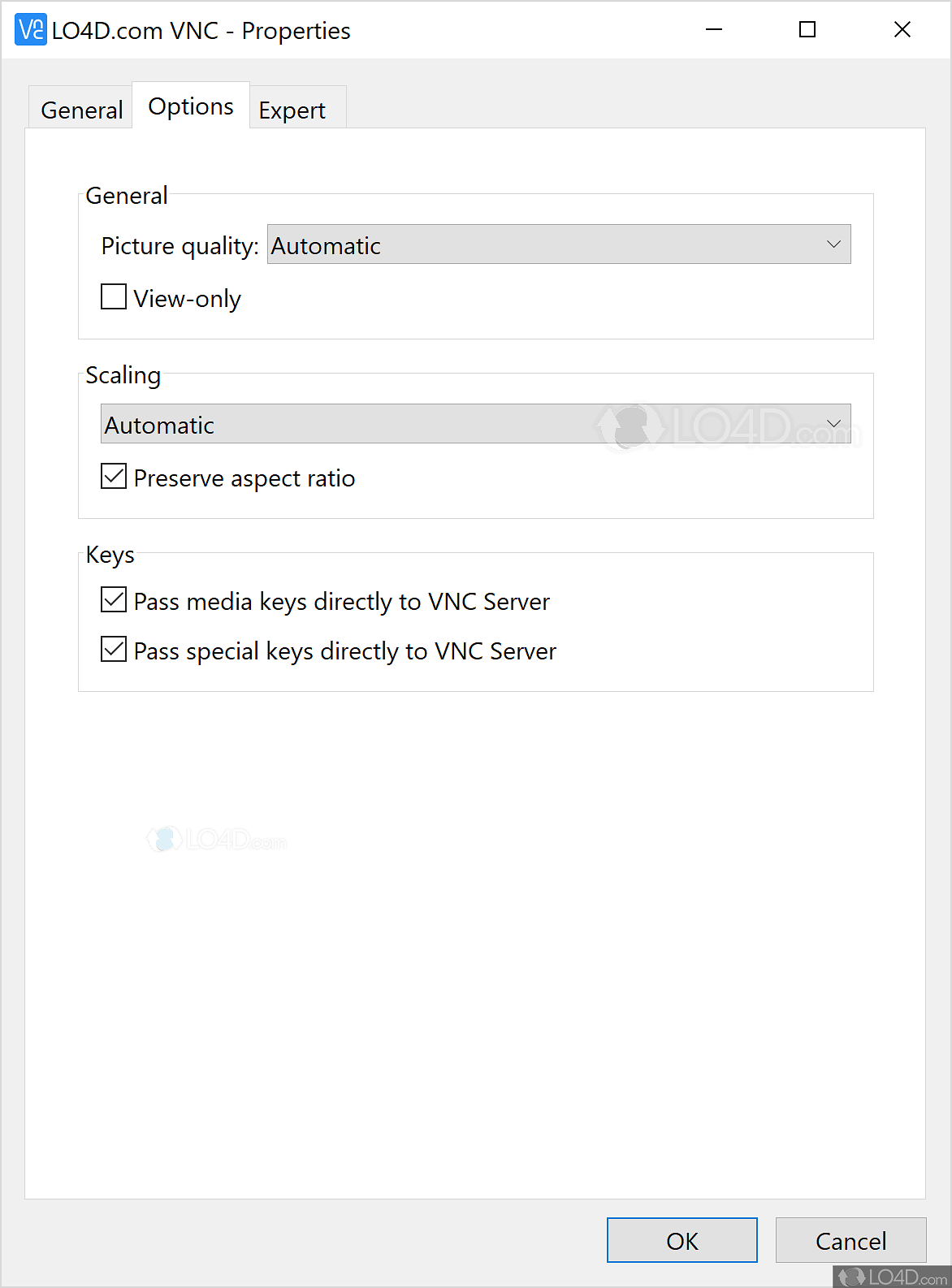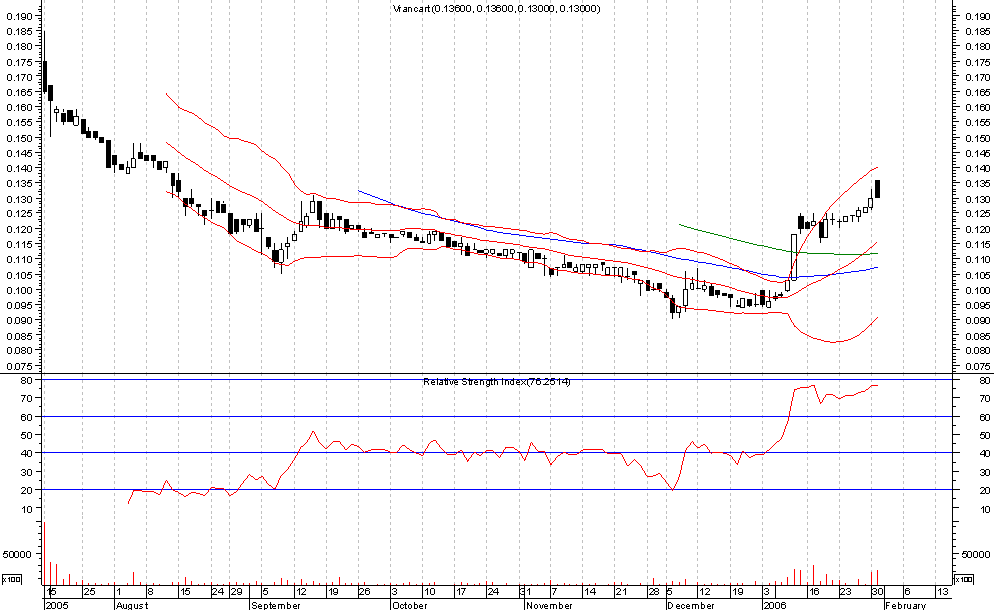Let’s face it, folks – working remotely has become the new normal. And when it comes to accessing your computer or server from afar, Virtual Network Computing (VNC) over the internet is one of the most powerful tools out there. Whether you’re a tech-savvy professional or just someone who wants to control their desktop from another location, understanding how VNC works can save you tons of time and headaches. So, buckle up because we’re diving deep into this game-changing technology.
Now, before we get all geeky, let me ask you a question – have you ever been stuck miles away from your office but needed to grab an important file? Or maybe you’re a system admin who needs to troubleshoot issues on a remote server? That’s where VNC over internet comes in. It’s like having a remote control for your computer, but way cooler.
In this guide, we’ll break down everything you need to know about VNC over internet. From setting it up to securing your connection, we’ve got you covered. So, whether you’re a beginner or a seasoned pro, there’s something here for everyone. Let’s jump right in!
Read also:Carrie Underwood Biography The Journey Of A Country Music Icon
Table of Contents
- What is VNC?
- VNC Over Internet Basics
- How Does VNC Work?
- Why Use VNC Over Internet?
- Setting Up VNC Over Internet
- Securing Your VNC Connection
- Popular VNC Software Options
- Troubleshooting Common Issues
- Best Practices for VNC Over Internet
- Conclusion
What is VNC?
Alright, let’s start with the basics. VNC stands for Virtual Network Computing, and it’s a technology that allows you to remotely control another computer. Think of it as a digital handshake between two devices, where you can see and interact with the other machine’s desktop as if you were sitting right in front of it. Pretty neat, huh?
Now, VNC isn’t just for IT pros. Anyone can use it – from small business owners managing multiple computers to parents helping their kids with homework from another room. The beauty of VNC is its simplicity and flexibility.
VNC in a Nutshell
Here’s a quick rundown of what VNC does:
- Enables remote access to another computer
- Allows you to see and control the remote desktop in real-time
- Supports cross-platform compatibility (Windows, macOS, Linux)
- Can be used for both personal and professional purposes
VNC Over Internet Basics
So, what’s the deal with VNC over internet? Well, traditionally, VNC was used within local networks (LANs). But as technology evolved, people realized they could extend its reach to the internet, allowing them to access their computers from anywhere in the world. This opened up a whole new world of possibilities.
However, using VNC over the internet comes with its own set of challenges, especially when it comes to security. That’s why it’s crucial to understand the basics and take the necessary precautions. We’ll dive deeper into that later, but for now, just know that VNC over internet is all about connecting to your computer remotely via the web.
How Does VNC Work?
Let’s break it down. VNC works by sending screen updates from the remote computer to your local device. Every time you interact with the remote desktop, the changes are transmitted back to you in real-time. This is done using a protocol called RFB (Remote Frame Buffer).
Read also:Terrifier Cast Unveiling The Stars Behind The Horror Phenomenon
Here’s how the process typically looks:
- The client (your device) connects to the server (the remote computer).
- The server sends a snapshot of its desktop to the client.
- As you interact with the remote desktop, the server updates the client with any changes.
- This continuous exchange of data allows you to control the remote computer seamlessly.
Key Components of VNC
Before you dive into setting up VNC, it’s important to understand its key components:
- Server: The computer you want to control remotely.
- Client: The device you’re using to access the remote computer.
- Protocol: RFB, which handles the communication between the server and client.
Why Use VNC Over Internet?
There are plenty of reasons why VNC over internet is a game-changer. Here are just a few:
Convenience
Let’s be real – life gets busy, and sometimes you just can’t be in two places at once. With VNC over internet, you can access your work computer from anywhere, whether you’re at home, on vacation, or even in another country. No more rushing back to the office for that forgotten file.
Cost-Effective
Compared to other remote access solutions, VNC is often free or relatively inexpensive. Plus, it eliminates the need for expensive hardware or software licenses. It’s like getting a superpower without breaking the bank.
Flexibility
VNC supports a wide range of platforms, so you can connect to almost any device. Whether you’re using Windows, macOS, or Linux, VNC has got you covered. This cross-platform compatibility makes it a versatile tool for anyone.
Setting Up VNC Over Internet
Setting up VNC over internet might sound intimidating, but it’s actually pretty straightforward. Follow these steps, and you’ll be up and running in no time.
Step 1: Install VNC Software
First things first, you’ll need to install VNC software on both the server (remote computer) and the client (your device). There are plenty of options out there, but some popular ones include RealVNC, TightVNC, and UltraVNC.
Step 2: Configure the Server
Once the software is installed, you’ll need to configure the server. This usually involves setting a password, enabling remote access, and configuring firewall settings. Make sure to follow the software’s instructions carefully to avoid any issues.
Step 3: Connect to the Server
With the server all set up, it’s time to connect from your client device. Simply enter the server’s IP address or hostname, and you’ll be good to go. Easy peasy, right?
Securing Your VNC Connection
Security is a big deal when it comes to VNC over internet. After all, you’re essentially giving someone access to your computer. That’s why it’s essential to take the necessary steps to protect your connection.
Use Strong Passwords
First and foremost, make sure to use strong, unique passwords for your VNC server. Avoid using common words or phrases, and consider using a password manager to keep things organized.
Enable Encryption
Most VNC software offers encryption options to secure your connection. Enable this feature to ensure that your data is transmitted safely over the internet. It’s like putting a digital lock on your connection.
Limit Access
If possible, limit access to your VNC server by specifying which IP addresses are allowed to connect. This adds an extra layer of security and reduces the risk of unauthorized access.
Popular VNC Software Options
Now that you know the basics, let’s talk about some of the best VNC software options out there. Each one has its own strengths and weaknesses, so it’s important to choose the one that best fits your needs.
RealVNC
RealVNC is one of the most popular VNC solutions, and for good reason. It’s easy to use, secure, and offers a wide range of features. Plus, it’s compatible with almost every platform out there.
TightVNC
If you’re looking for a lightweight and open-source option, TightVNC is a great choice. It’s perfect for those who need a simple solution without all the bells and whistles.
UltraVNC
UltraVNC is another solid option, especially for Windows users. It offers advanced features like file transfer and encryption, making it a versatile tool for both personal and professional use.
Troubleshooting Common Issues
Even the best-laid plans can go awry sometimes. If you’re having trouble with your VNC setup, don’t panic. Here are some common issues and how to fix them:
Connection Issues
If you’re unable to connect to your VNC server, double-check your IP address and firewall settings. Make sure the server is running and that no network restrictions are blocking the connection.
Performance Problems
Slow performance can be frustrating, but it’s usually caused by network congestion or outdated software. Try updating your VNC software and optimizing your network settings to improve performance.
Best Practices for VNC Over Internet
To get the most out of your VNC experience, here are a few best practices to keep in mind:
Regularly Update Your Software
Software updates often include important security patches and performance improvements. Make sure to keep your VNC software up to date to avoid any potential issues.
Document Your Setup
It’s always a good idea to document your VNC setup, including IP addresses, passwords, and configuration settings. This will save you time and hassle if you ever need to troubleshoot or reinstall the software.
Conclusion
And there you have it – everything you need to know about VNC over internet. From setting it up to securing your connection, we’ve covered all the bases. Whether you’re a remote worker, a system admin, or just someone who wants to access their computer from afar, VNC is a powerful tool that can make your life easier.
So, what are you waiting for? Go ahead and give it a try. And don’t forget to leave a comment below or share this article with your friends. Who knows, you might just help someone else discover the wonders of VNC over internet. Cheers, folks!


